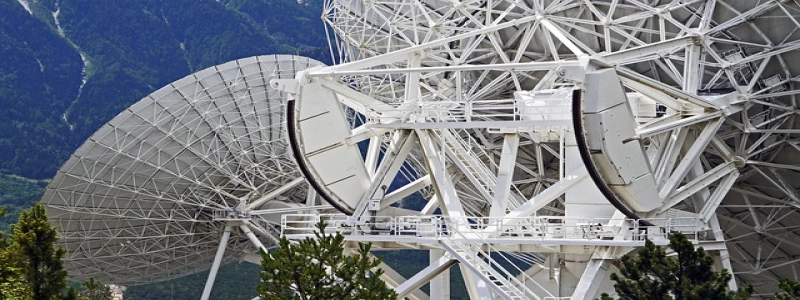Free Space Wavelength
Introduction
In the field of physics and telecommunications, the concept of free space wavelength plays a crucial role in understanding various phenomena involving propagation of electromagnetic waves. This article aims to provide a detailed explanation of free space wavelength, its significance, and its applications.
1. What is Free Space Wavelength?
1.1 Definition
In simple terms, free space wavelength refers to the distance between two successive points on an electromagnetic wave in a vacuum. It is denoted by the symbol λ (lambda) and is measured in meters (m) or any other appropriate unit of length.
1.2 Calculation of Free Space Wavelength
Free space wavelength can be calculated using the formula: λ = c / f, where λ represents the wavelength, c is the speed of light in a vacuum (m/s), and f is the frequency of the wave (Hz).
2. Significance of Free Space Wavelength
2.1 Wave Characteristics
The free space wavelength determines several important characteristics of an electromagnetic wave, including its frequency, energy, and propagation behavior. Understanding these characteristics is fundamental in fields like telecommunications, astronomy, and radio frequency engineering.
2.2 Signal Propagation
By analyzing the free space wavelength, engineers and scientists can predict how electromagnetic waves will behave when traveling through different mediums or encountering obstacles. This knowledge helps in the design and optimization of wireless communication systems and satellite transmissions.
3. Applications of Free Space Wavelength
3.1 Wireless Communication
The knowledge of free space wavelength is essential in the design and operation of wireless communication technologies such as Wi-Fi, Bluetooth, and cellular networks. It helps determine the optimal antenna size and placement, as well as the frequency range suitable for transmission.
3.2 Radio Astronomy
In the field of radio astronomy, measuring the free space wavelength allows scientists to study celestial objects and phenomena. Radio telescopes use antennas designed to receive specific wavelengths, enabling astronomers to explore and understand the universe.
3.3 Radar Systems
Radar systems rely on the concept of free space wavelength to detect and locate objects. By emitting electromagnetic waves and analyzing their reflections, radar systems can accurately measure distances, velocities, and positions of objects in their vicinity.
Conclusion
In conclusion, free space wavelength is a crucial concept in physics and telecommunications. It helps determine the characteristics and behavior of electromagnetic waves, playing a significant role in various fields, including wireless communication, radio astronomy, and radar systems. Understanding and utilizing the concept of free space wavelength enhances our ability to communicate, explore the universe, and ensure the efficiency of various technological systems.








